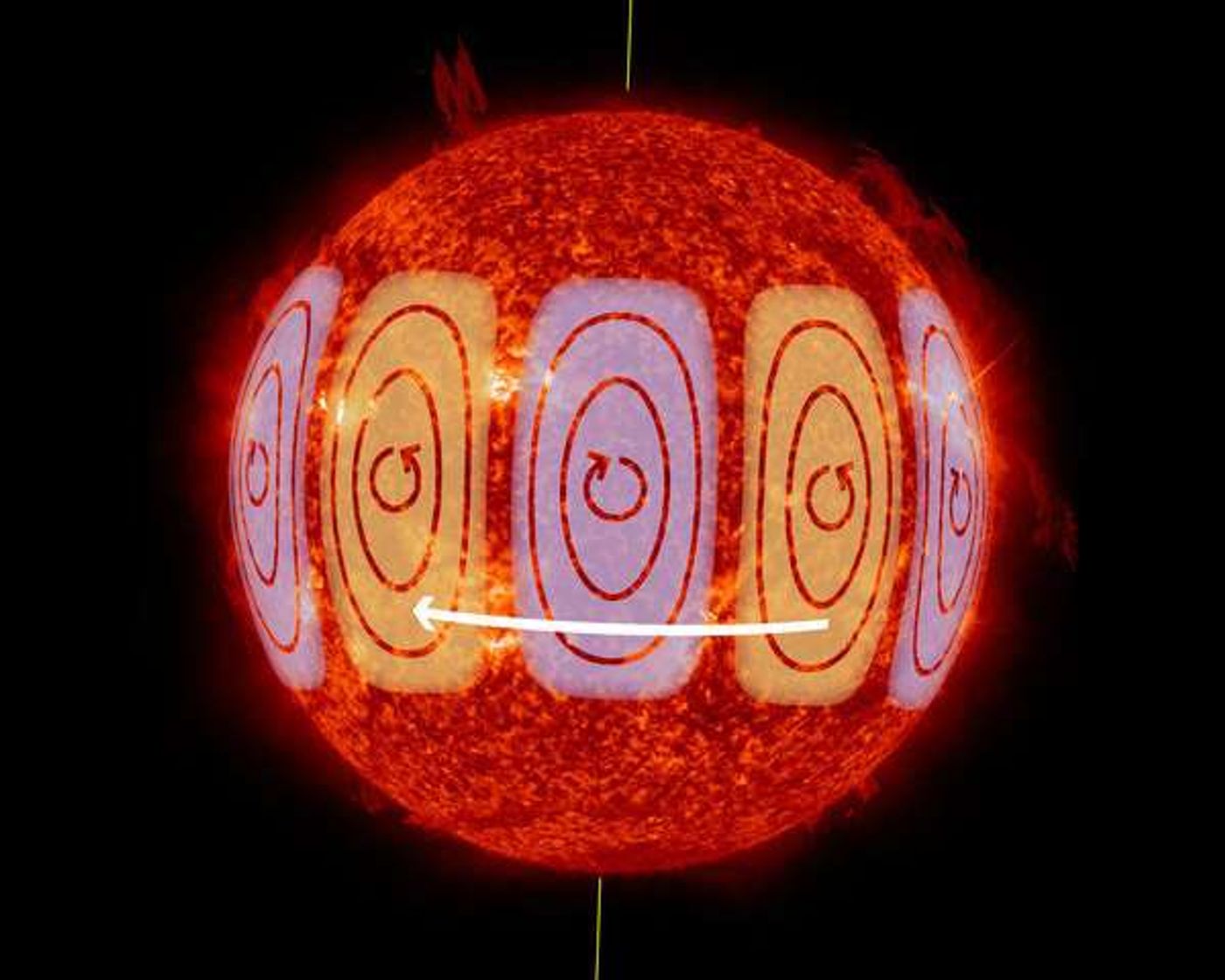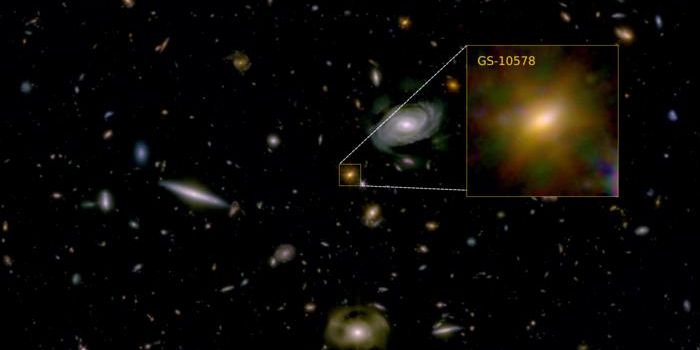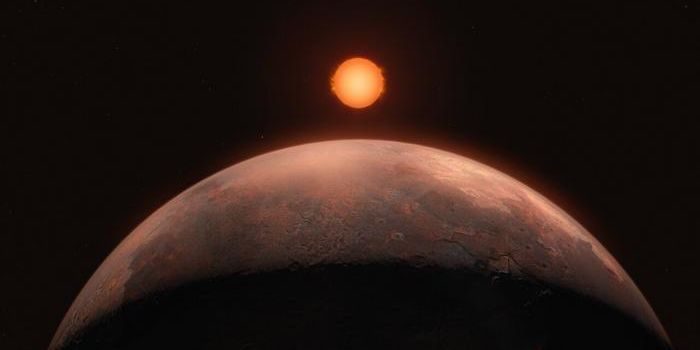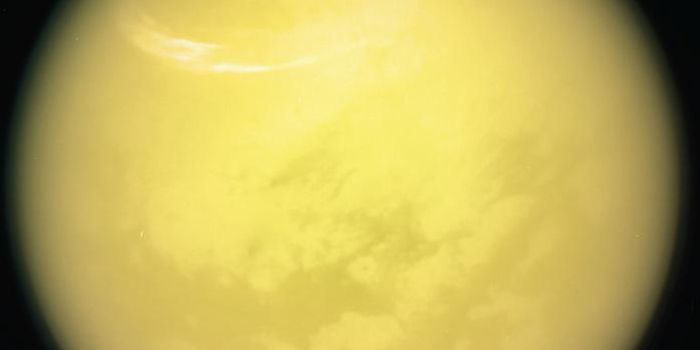Scientists Confirm Existence of Solar Rossby Waves
Another day, another discovery. Researchers from both the Max Planck Institute for Solar System Research (MPS) and University of Göttingen say that they’ve discovered Rossby waves residing on the Sun’s surface.
Image Credit: MPS/NASA/HormesDesign
The findings, published in the journal Nature Astronomy this week, were made possible by six years’ worth of observations made with the Heliospheric and Magnetic Imager (HMI) onboard NASA's Solar Dynamics Observatory (SDO).
The researchers refer to the Sun-centric counterparts as ‘solar Rossby waves,’ but we still know very little about them and how they might influence the Sun.
"Solar Rossby waves have very small amplitudes, and periods of several months, thus they are extremely difficult to detect," said Prof. Dr. Laurent Gizon, a co-author of the study.
Related: Solar tornadoes don't actually spin like tornadoes
Scientists have long known about Rossby waves here on Earth and on some other planets in the solar system. While they've theorized about their existence on the Sun for decades, they hadn't proven their existence until now.
Rossby waves can influence weather conditions on planets, but scientists aren't entirely sure how they impact the Sun. On theory is that they might drive significant amounts of kinetic energy.
With HMI, the researchers analyzed the solar Rossby waves more closely. Granules on the solar surface spanned up to 1,500 kilometers across and served as indicators for the underlying, supermassive waves that penetrated up to 20,000 kilometers into the Sun’s interior.
"All in all, we find large-scale waves of vorticity on the Sun that move in the direction opposite to rotation. That these waves are only seen in the equatorial regions is completely unexpected", Gizon added.
"Solar Rossby waves are gigantic in size, with wavelengths comparable to the solar radius."
Related: 'Maunder Minimum'-like solar behavior expected within the next few decades
While the discovery in and of itself is remarkable, future research into solar Rossby waves may shed light on their purpose and how they impact the Sun’s internal dynamics, among other things.









